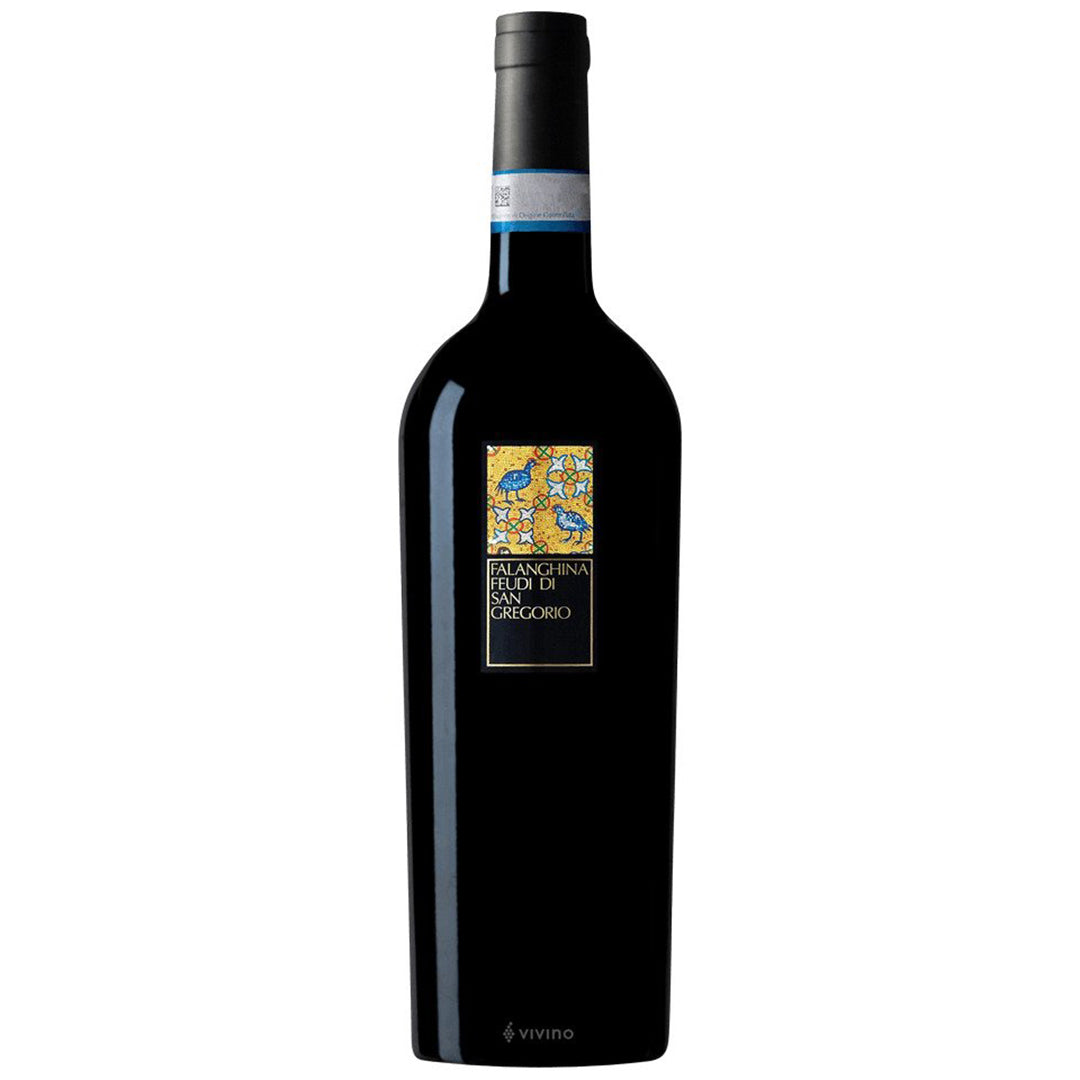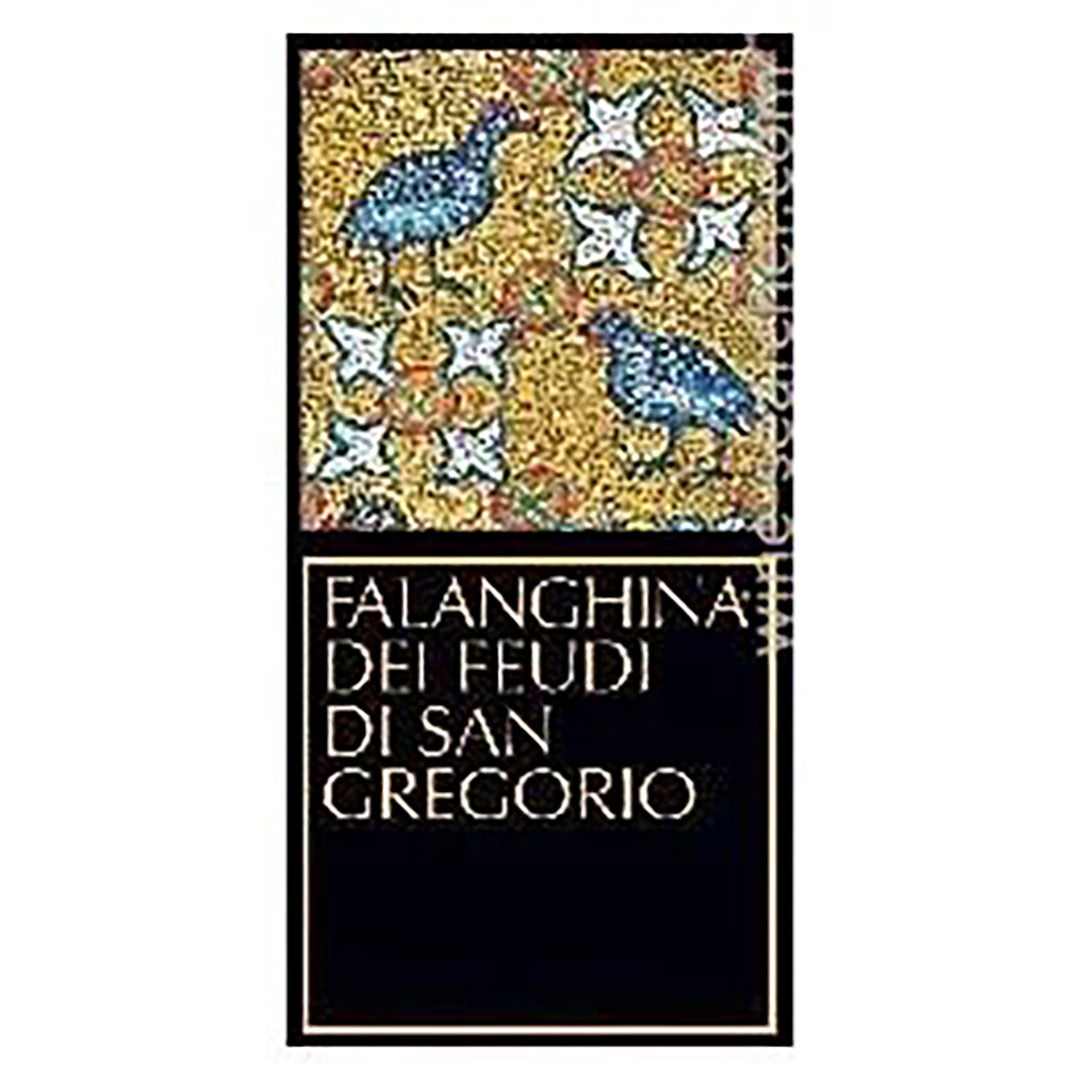
Ensure you are of legal drinking age before continuing to browse this website
Are you 21 Years or Older?
By entering this site you are agreeing to the Terms of Use and Privacy Policy.Customers also like



Ensure you are of legal drinking age before continuing to browse this website
Are you 21 Years or Older?
By entering this site you are agreeing to the Terms of Use and Privacy Policy.